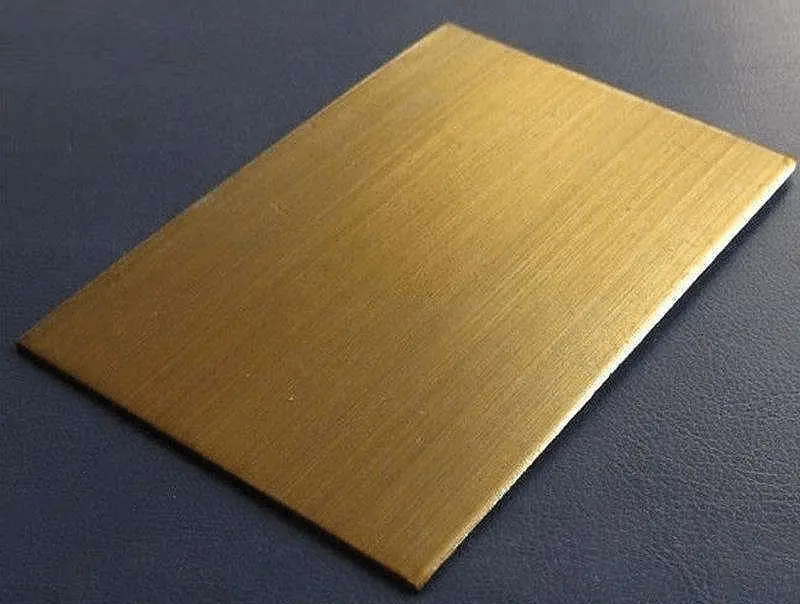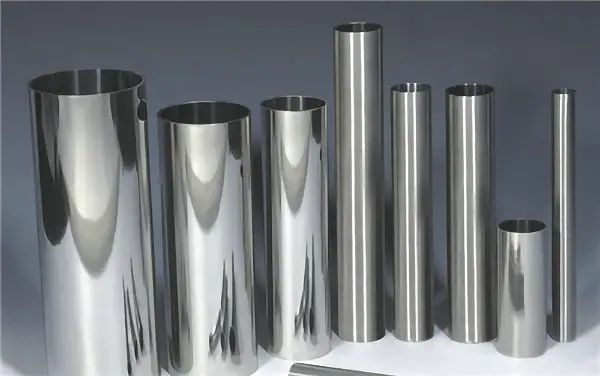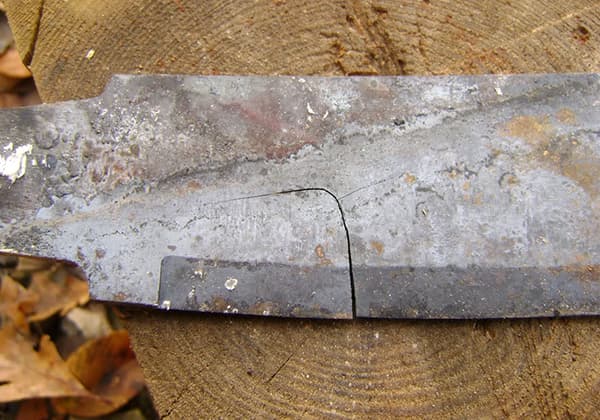Will stainless steel products rust after a long time?
Stainless steel is known for its resistance to atmospheric oxidation, or rust resistance.
However, it is important to note that its corrosion resistance can vary depending on various factors such as the chemical composition of the steel, the conditions in which it is used, and the type of environmental medium it is exposed to.
For instance, 304 steel pipes have excellent corrosion resistance in a dry and clean atmosphere, but if they are located in a coastal area, they may rust quickly due to the presence of salt in the sea fog. On the other hand, 316 steel pipes perform well in such environments.
It is crucial to understand that not all types of stainless steel can resist corrosion and rust in every environment. The ability of stainless steel to resist corrosion and rust is due to the presence of a thin, firm, fine, and stable chromium-rich oxide film on its surface, which prevents the continuous infiltration and oxidation of oxygen atoms.
However, if this protective film is damaged for any reason, the oxygen atoms in the air or liquid will continuously penetrate the metal, causing the iron atoms to separate and form loose iron oxide. This, in turn, will lead to continuous corrosion of the metal surface.
Will color stainless steel plate fade?
With the widespread use of colored stainless steel plates, individuals who have decorative stainless steel plates may have this concern: “Will the color on the stainless steel plate fade?
In reality, there are various processing techniques for colored stainless steel plates.
Let’s discuss the four steps involved in processing colored stainless steel plates and whether the color will indeed fade.

Four steps of processing color stainless steel plate
1. Degreasing activation
In the first step, clean and prepare the KTV stainless steel door using a degreasing and activation solution specifically formulated for stainless steel, and then rinse thoroughly with clean water.
2. Passivation treatment
After cleaning the door, apply stainless steel passivation paste or passivation solution for a duration ranging from 30 minutes to over 2 hours.
3. Alkaline water flushing
After passivation, rinse the door with alkaline water, then clean and flush it with water.
4. Spraying liquid
After completing the previous steps, a transparent hard film made of stainless steel is applied to the door to prevent contamination from fingerprints and other sources.
Will color stainless steel plate fade?
1. Generally, any colored stainless steel plate coated will not fade.
The “paint separation” is a transparent film that is applied to maintain the bright and beautiful appearance of the product. It is a clear coating sprayed onto the surface to preserve its appearance when it leaves the factory. This process was previously referred to as “varnishing.”
2. Colored stainless steel plate is a colored stainless steel plate on the stainless steel substrate by surface coloring treatment technology.
The colored stainless steel plate has a beautiful color and is an excellent decorative material. The color and surface layer are capable of withstanding temperatures up to 200°C and have improved resistance to salt spray corrosion compared to regular stainless steel. Additionally, its wear and scratch resistance are comparable to those of a foil gold coating.
Under what circumstances will colored stainless steel fade?
1. Insufficient medium color plating time during processing
To reduce time and costs, some stainless steel processing plants will shorten the electroplating duration.
In theory, a longer plating duration results in a harder coating.
The longer the color on colored stainless steel lasts, the longer its service life.
The color is expected to remain vibrant for up to 5-10 years of use without fading.
2. It is related to the application of stainless steel
We are aware that stainless steel has a level of acid-base imbalance.
For instance, in coastal regions or during installation, some acidic adhesives may come into contact with the surface of colored stainless steel.
If left untreated or treated improperly, it can result in damage to the surface color coating, ranging from minor to severe. In the worst cases, it could even cause the colored stainless steel to rust on the steel substrate.
3. External human factors
The surface of colored stainless steel is prone to damage or fading as a result of improper use. For instance, scratches and exposure to corrosive liquids can cause the color to fade, as well as long-term use or prolonged exposure to sunlight and rain.
How to deal with stainless steel paint falling off?

In order to enhance the appearance of stainless steel, some individuals may choose to spray paint its surface. However, the paint may easily peel off over time.
Therefore, how can we address the issue of peeling paint on stainless steel? Let’s explore this together.
1. How to deal with stainless steel paint falling off?
Firstly, remove all residue from the paint droplet location to maintain a clean and polished surface on the stainless steel.
Secondly, clean the stainless steel surface of oil, dust, and dirt using a solvent and apply a coating of epoxy primer.
Once the primer has dried, apply a layer of fluorocarbon paint to the stainless steel surface.
2. How to clean and maintain stainless steel products?
1. If the air is relatively humid, over time, there will be a buildup of dust and oil on the surface of stainless steel products, which can also lead to an electrochemical reaction, accelerating the corrosion of the products.
To prevent this, it is recommended to regularly wipe the stainless steel surface with a detergent, then dry it with a clean cloth, and maintain a dry and cool environment for the products.
2. To extend the lifespan of stainless steel products, it is advisable to perform a waxing treatment after cleaning the surface. This involves applying a layer of rust-inhibiting material to the surface.
Please note that this rust-inhibiting effect usually lasts for about three months, but the cost is low and the amount needed is minimal.
3. Despite stainless steel’s resistance to corrosion, rust may still appear over time.
To effectively prevent rusting, a layer of rust-inhibiting coating should be added to the surface of the stainless steel through an electroplating process. This will create a layer of electroplated coating on the surface.


